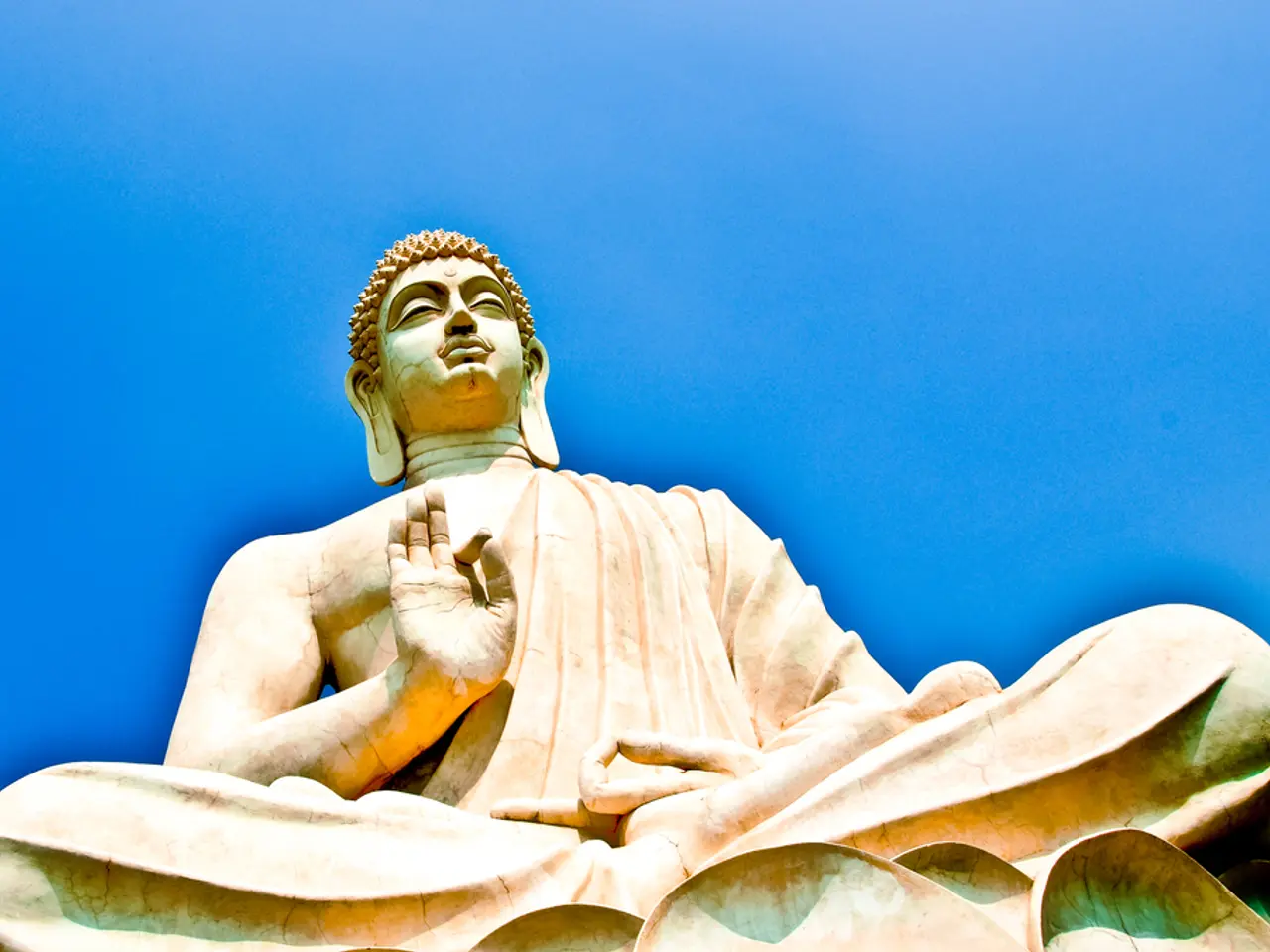Various Meditation Methods to Induce Non-Ordinary Awareness
In the pursuit of self-awareness and inner growth, meditation has emerged as a powerful tool for achieving an altered state of consciousness. This shift in perception, characterized by heightened awareness, changes in perception, and emotional regulation, can be a transformative experience for beginners.
## Understanding Altered States of Consciousness
An altered state of consciousness involves a departure from the normal waking state, often leading to heightened sensory experiences, changes in perception, and emotional regulation. Meditation, with its focus on mindfulness and concentration, is a potent means of entering these states.
## Techniques for Beginners
For those new to meditation, the journey towards an altered state of consciousness can be facilitated by several techniques.
1. **Body Scan Meditation**: Begin by focusing on your breath and then bring awareness to different parts of your body, observing sensations without judgment. This progressive awareness can help deepen your meditation practice[1].
2. **Mindfulness Meditation**: Focus on your breath, body sensations, or emotions in the present moment. This practice enhances present-moment awareness and reduces mind-wandering[3].
3. **Witnessing Practice**: Sit in meditation as the observer of your thoughts and emotions. Detach from the content of your consciousness while embracing it with warmth and love[4].
4. **Guided Meditation**: Use guided sessions to help you maintain focus and explore different themes, such as loving-kindness or visualization[5].
## Tips for Beginners
- **Start Small**: Begin with short sessions and gradually increase the duration as you become more comfortable with the practice. - **Create a Distraction-Free Environment**: Find a quiet space where you can sit comfortably without interruptions. - **Consistency is Key**: Regular practice helps in developing a deeper understanding of your consciousness and facilitates more profound experiences. - **Be Patient**: Altered states of consciousness are not immediate results; they evolve with consistent practice and patience.
By incorporating these techniques into your meditation routine, you can cultivate a deeper awareness and potentially experience altered states of consciousness. Whether you are seeking self-realization, emotional regulation, or simply a deeper understanding of your mind, meditation offers a pathway to these transformative experiences.
[1] Hölzel, B. K., Lazar, S. W., Gard, T., Schuman-Olivier, Z., Vago, D. R., & Ott, U. (2011). How does mindfulness meditation work? Proposing mechanisms of action from a conceptual and neural perspective. Perspectives on psychological science, 6(6), 629-639.
[2] Kabat-Zinn, J. (2013). Mindfulness for Beginners: Reclaiming the Present Moment—and Your Life. Hyperion.
[3] Chambers, R., Loovis, C., McMain, S., Schmalzl, K., & Allen, N. B. (2008). Mindfulness-based stress reduction for the treatment of anxiety disorders: A systematic review. Journal of anxiety disorders, 22(8), 1181-1191.
[4] Segal, Z. V., Williams, J. M. G., & Teasdale, J. D. (2018). The mindful way through depression: Freeing yourself from chronic unhappiness. Guilford Press.
[5] Goldstein, J., & Kornfield, J. (2013). Mindfulness: A practical guide to awakening. Shambhala Publications.
- As one embarks on their meditation journey, focusing on personal growth and mindfulness, techniques such as body scan meditation, mindfulness meditation, witnessing practice, and guided meditation can facilitate an altered state of consciousness, leading to enhanced self-awareness and emotional regulation.
- As a lifestyle centered on education-and-self-development and personal growth unfolds, consistently practicing meditation can provide a means to deepen consciousness, create a heightened sense of awareness, and potentially experience transformative altered states, ultimately contributing to an overall sense of inner growth and self-realization.




